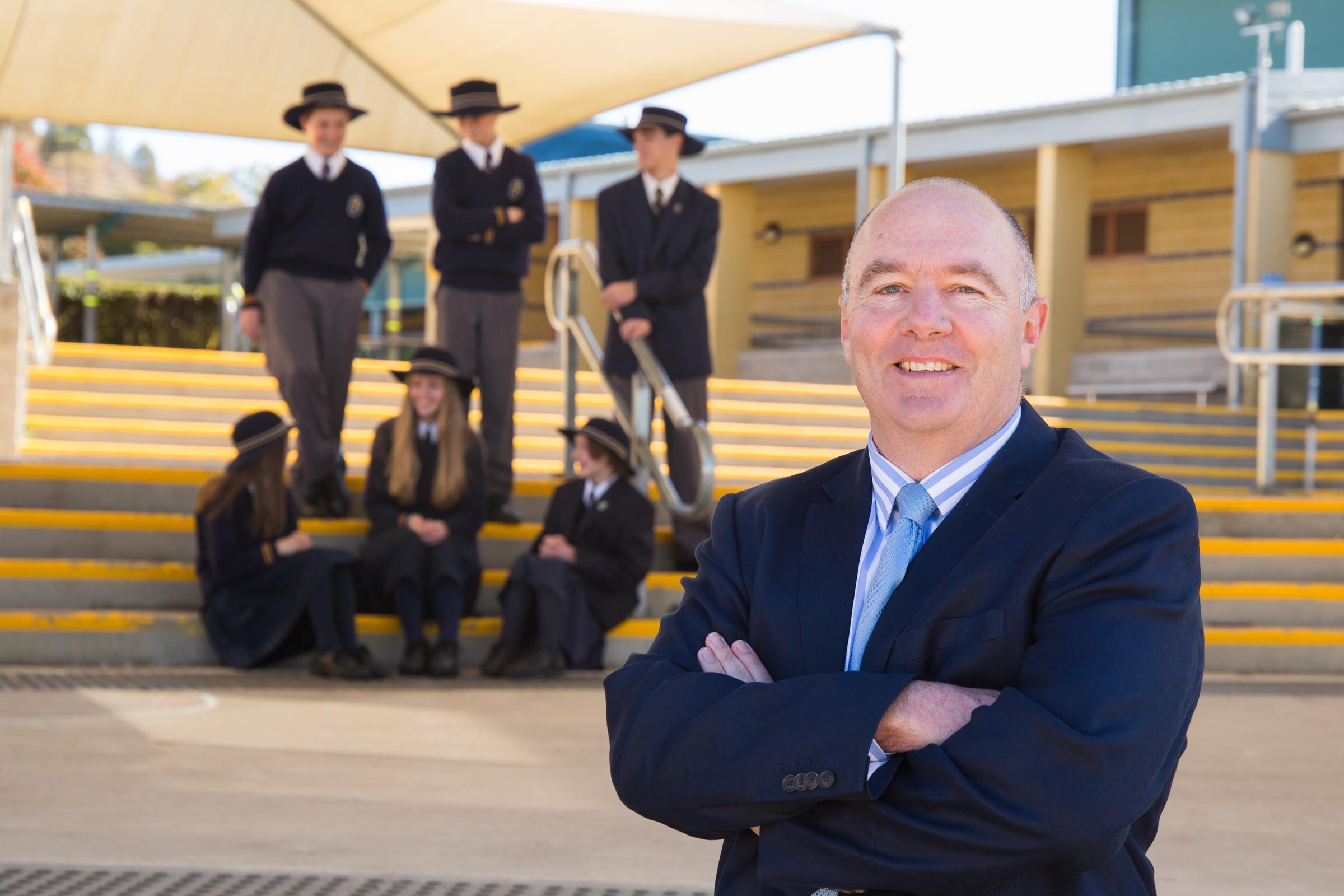Assistant Principal - Pastoral Care

The Teenage Brain
I often have parents wonder, with great anguish, where has the affectionate, innocent child gone that was so ready to share stories of their day and listen intently to mum and dad’s words of wisdom. That child has been replaced by a teenager who lurks in the cave of a bedroom and who reacts volcanically to the simplest of questions or observations. Much of this painful transformation can be explained by what is happening in the adolescent brain. Below is an edited extract from Beyond Blue that helps us understand what is happening inside our teenagers’ brains.
Adolescence is a time of significant brain development. By adolescence, the part of the brain associated with emotions, impulses, aggression and instinctive behaviour – the amygdala (groups of neurons in the brain) – is well developed. However, the part of the brain that controls higher-order or executive functioning – the prefrontal cortex – matures last and isn’t fully developed until we reach our 20s. The prefrontal cortex takes care of decision making and manages our ability to plan and think about the consequences of our actions, solve problems and control impulses. This explains why young people can’t always make complex rational decisions or understand the consequences of actions in the way adults can.
Adolescence is a time of significant growth and development inside the brain. Although the brain has grown to about 90 to 95 per cent of adult size by adolescence, it still needs to undergo a lot of remodelling before it can function as an adult brain.
To enable the adolescent brain to grow to adult size, unused connections in the thinking and processing part of the brain are ‘pruned’ away and connections that are used consistently are strengthened. This is the brain’s way of becoming more efficient. This pruning process begins in the back of the brain. The front part of the brain – the prefrontal cortex – is remodelled last.
Because the prefrontal cortex matures relatively late, the amygdala exerts more influence on decision making and problem solving, particularly in emotionally charged situations. For this reason, adolescents are more likely to:
- act on impulse (this may be positive, as they stretch their boundaries and try new things, or negative, as they may take more risks or respond aggressively)
- try new adventurous activities
- explore new relationships
- misread or misinterpret social cues and emotions
- engage in dangerous or risky behaviour.
The onset of puberty involves considerable hormonal changes that stimulate structural and functional changes in the brain. Hormones impact on the neural circuits involved in processing emotions, risks, rewards and social relationships. This process is strongly associated with tendencies to explore independence and to find novel, exciting experiences highly rewarding.
Ultimately, these developmental processes don’t mean that young people can’t make rational decisions or tell the difference between right and wrong. Nor does it mean they shouldn’t be held responsible for their actions. But it does indicate how important adults are in helping young people stay within boundaries and to understand the impact of their choices.
Adolescent development is often described through the metaphor of an incomplete car: ‘all gas, no brakes’. While this metaphor can be somewhat useful in explaining how adolescents might be driven to act on impulse and emotions, it can also undermine the immense capacity of adolescents. High-quality curriculum aims to challenge and grow adolescent brains and develop cognitive and emotional skills – and parents play an important role in achieving this.
Brain development is a dynamic process influenced by both genetics and the environment. Genetics provide the biological basis for the formation of neural connections, and these connections are reinforced by experiences in the young person’s environment. Connections that are stimulated through experience are strengthened, while those that aren’t are lost. It’s a bit like working out at the gym – the areas of the brain you train will get bigger and those you don’t remain – the neuroplasticity equivalent of flabby.
How young people spend their time – that is, in what sorts of environments – is crucial for brain development. So it’s worth thinking about the activities and experiences a young person is exposed to – such as music, sports, study, languages and video games — and how these shape the developing adult brain. You can help adolescents to develop higher-order planning, thinking and problem-solving skills through planned activities and everyday interactions.
In daily interactions with young people, you can help to develop their brain architecture and social and emotional skills. You can strengthen positive brain connections when you:
- help students find new creative and expressive outlets for their feelings that help them learn strategies for managing emotions (for example, sport, music or writing)
- help students explore immediate and long-term consequences of their actions
- support the development of empathy and perspective taking by talking about emotions and why people have different reactions to events depending on their circumstances
- help students develop problem-solving and decision-making skills by supporting them to develop a process of defining the problem, working through options and considering outcomes
- act as a positive role model by talking with students about how you process information and deal with emotions and challenges.
At times it is easy to forget that young people are undergoing massive internal change which is complicated with the formation of an adult identity, influenced by global forces through digital technology. Whilst our material conditions are better than ever before, the social, emotional and psychic conditions are incredibly challenging. This is why, as teachers and parents, we must constantly keep lines of communication open with young people – keeping the hand out unconditionally is the only way that we can navigate this turbulent, fractious period of life with our teenagers and their developing brain.
Mr Mick Larkin - Assistant Principal - Pastoral
